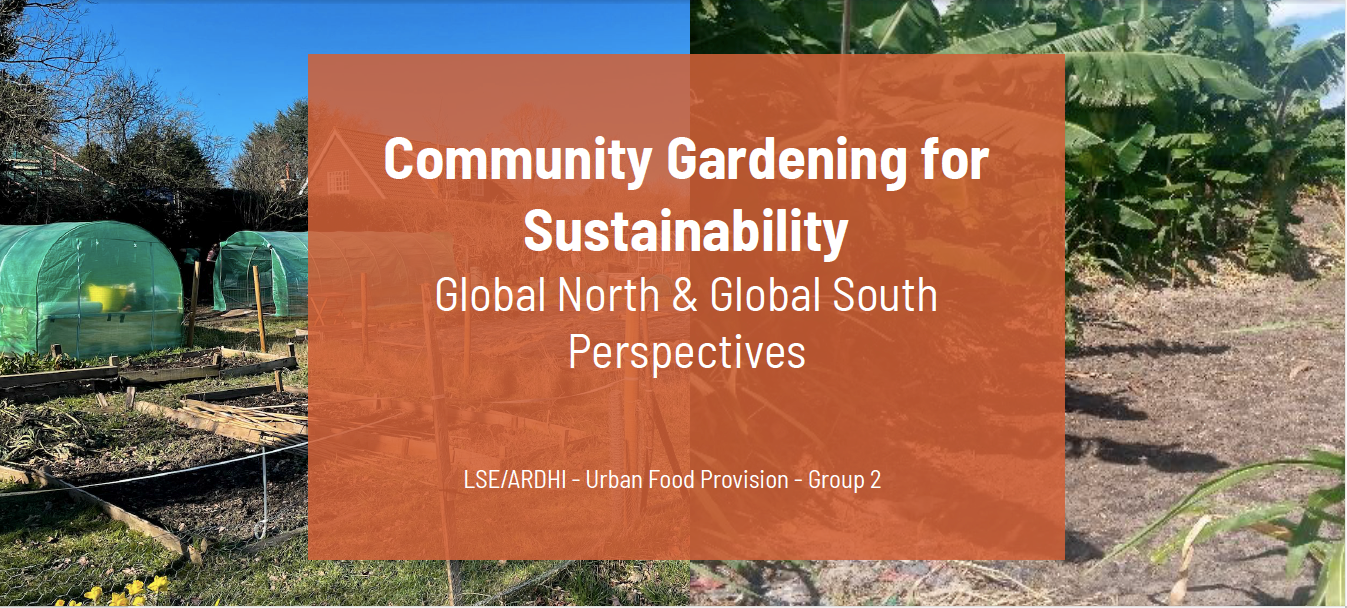This blog post is the result of collaborative work between: Charlotte Burrier, Grace Forster, Curtis Wackett, Magohe Njechele, Innocent Nyambasu and Mwahija Sokela.
Is high-speed railway (HSR) truly sustainable? Its eco-friendliness has been claimed so widely that the debate seems outdated – and the question blatantly ignorant. Studies abound to quantify how HSR has a lower impact on the environment than all other transport modes, whilst contributing to economic development. HSR just seems to be the global transport infrastructure panacea.
And yet, in its ‘The Future of Rail’ 2019 report, the International Energy Agency (IEA) paints a much less straightforward picture. HSR construction does not automatically lead to reduced carbon emissions and increased economic development. Rigorous conditions must be met, namely: energy efficiency during construction, clean electricity, frequent as well as near capacity services and affordability for a worthwhile switch from another travel mode. Those are far from simple prerequisites. But they do unveil this: for any project to be truly sustainable, sustainability needs to be a core design principle across all project stages. Losing sight of this priority may result in failure to achieve holistically sustainable outcomes: economic viability, socially just distribution of opportunities and environmental risk reduction.
In the context of the Planning for Sustainable Cities Global Learning Initiative, LSE paired with Ardhi University to study, contrast and compare sustainability projects in the contexts of the United Kingdom and Tanzania. Both countries are currently involved in major HSR mega-projects, which are cause for serious sustainability concerns. In the UK, the political uncertainties surrounding High Speed 2 (HS2) are not only contributing to the dramatic ramping up of costs, but also to the division of public support for the project, increasingly putting pressure on both environmental and social sustainability aspects of its implementation. By contrast, in Tanzania, the Standard Gauge Railway (SGR) project is progressing so fast, involving mostly external private stakeholders, that there is reasonable concern for its environmental focus and its ability to generate local economic benefits over the long haul.
HS2 in the UK: the decade-long political debacle
Ranked 11th out of 141 countries in terms of the overall quality of its infrastructure in 2019, there is nonetheless consensus that over the last 40 years, the UK has under-invested in maintaining and developing its transit systems. This is reflected in the endless delays suffered by the conspicuous project of HS2, aimed at linking London with Birmingham and the north of England in the ambition to increase access to opportunity in the economically-deprived region and as part of the ‘levelling-up’ agenda. At initial stages, the UK Transport Secretary Andrew Adonis intended that it would link London to Scotland through Glasgow and Edinburgh – but such high hopes for regional economic integration have been long abandoned. In the pipeline since 2012, the government has consecutively mothballed and supported HS2 in an unstable back-and-forth acting as a constant threat to its completion over the past decade.
The project is highly contested. Its budget has skyrocketed from £37.5bn in 2009 prices, to a staggering £72.1bn in 2015 prices as per the latest figure at the time of writing of this article. This is not surprising – in fact, inflated costs are standard practice in world megaprojects: almost all projects worth over $1bn are late or over budget. However, HS2 is far from nearing completion and already faring considerably worse than global average delays (two years) and costs overrun (80%). To make things worse, the UK government itself has calculated that carbon emissions of the route would in fact exceed potential savings. Environmental campaigners are opposed to the project due to these high carbon emissions combined with damage to woodlands and local ecosystems as a result of its construction. In spite of these serious economic and environmental concerns, UK Prime Minister Boris Johnson has recently thrown back his support behind the high-speed rail line.
Standard Gauge Railway (SGR) in Tanzania: too fast to be true?
Meanwhile, in 2017, construction of the Standard Gauge Railway (SGR) was officially launched by Tanzanian President John Magufuli. Ranked 121st out of 141 countries in terms of the overall quality of its infrastructure in 2019, Tanzania crucially needs the investment and upgrade to replace the inefficient metre-gauge railway system built during the colonial period. Nonetheless, according to PwC, its transport infrastructure performs better than most peer countries and its investment potential is rated as a highly attractive one.
The railway network project is impressive. It boasts an objective of building over 1,300km of rail in five consecutive phases, in the ambition to create an unprecedented regional link with neighbouring Rwanda and Burundi, and through these with Kenya and the Democratic Republic of Congo. It plans to be East Africa’s fastest railway, to be powered by electricity and to have capacity to transport up to 14,000 tonnes of freight per trip, thereby decreasing freight costs by 40% and simultaneously presenting an alternative transport mode to the equivalent of 500 lorry-loads. In early 2021, the government spokesperson Dr. Hassan Abbas announcedcompletion of Phase 1 on time, with operational launch by June 2021.
And yet, the iconic SGR is not without its flaws. At early stages, the $7.6bn (around £5.4bn) financing need was going to be provided as a loan by the Chinese Export-Import (Exim) Bank, with a consortium of China-based companies appearing to have won the full procurement contract, raising notable conflict of interest and corruption concerns. The arrangement was eventually not pursued and funding is currently provided by the Tanzanian government itself and by international loans, hence reassuring the international community on government accountability and commitment to the project. However, the potential economic benefits of the project are still debatable. All large construction contracts have been awarded to foreign companies from Turkey, Portugal and most recently from China. Will there be increased employment opportunities? Certainly, at least during the construction period and for low-skilled roles. However, the question remains open for the longer-term. Will there be transfers of knowledge for high-skilled roles as is needed? Unless explicitly stated in the awarded contracts, it is doubtful.
Is sustainability falling off the tracks?
Ironically, while HS2 and SGR are planning initiatives based on the premise of sustainable transport infrastructure, it seems that the priority has shifted away from this fundamental principle. In the UK case, competing priorities have embroiled HS2 in a never-ending political turmoil, which is effectively undermining both its economic viability and its environmental benefits. In Tanzania, the economic urgency and political pressure to deliver the project in a remarkably short timeline leaves little time for any environmental impact assessment or the creation of a valuable national supply chain. It can be anticipated that the lion’s share of immediate economic gains will thus benefit foreign stakeholders, thereby reducing the opportunity to lay foundations for long-term economic development locally. In the UK as much as in Tanzania, although in contrasted ways, sustainability planning in transport infrastructure still has a long way to go.
Many thanks to Professor Aldo Lupala, Ardhi University, Dr Nancy Holman (LSE), the Project Assistants (Robinson Kisyombe and Dr Meredith Whitten), and to all the URP students and GY446 students who shared their knowledges and skills. Special thanks to the LSE’s EDEN Centre for funding the Project.






Well researched and very informative
Loved the collaboration
GONGRATULATIONS IM READING YOUR PAPER NOW FROM BRAZIL